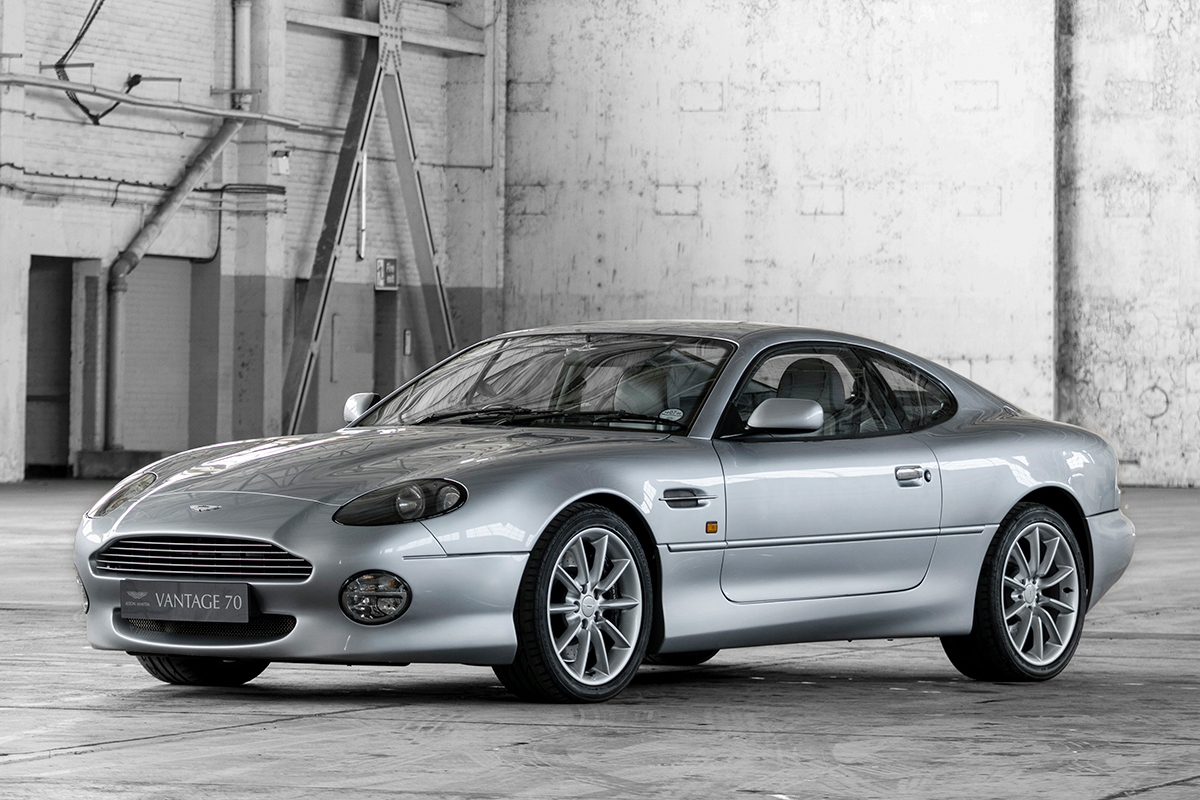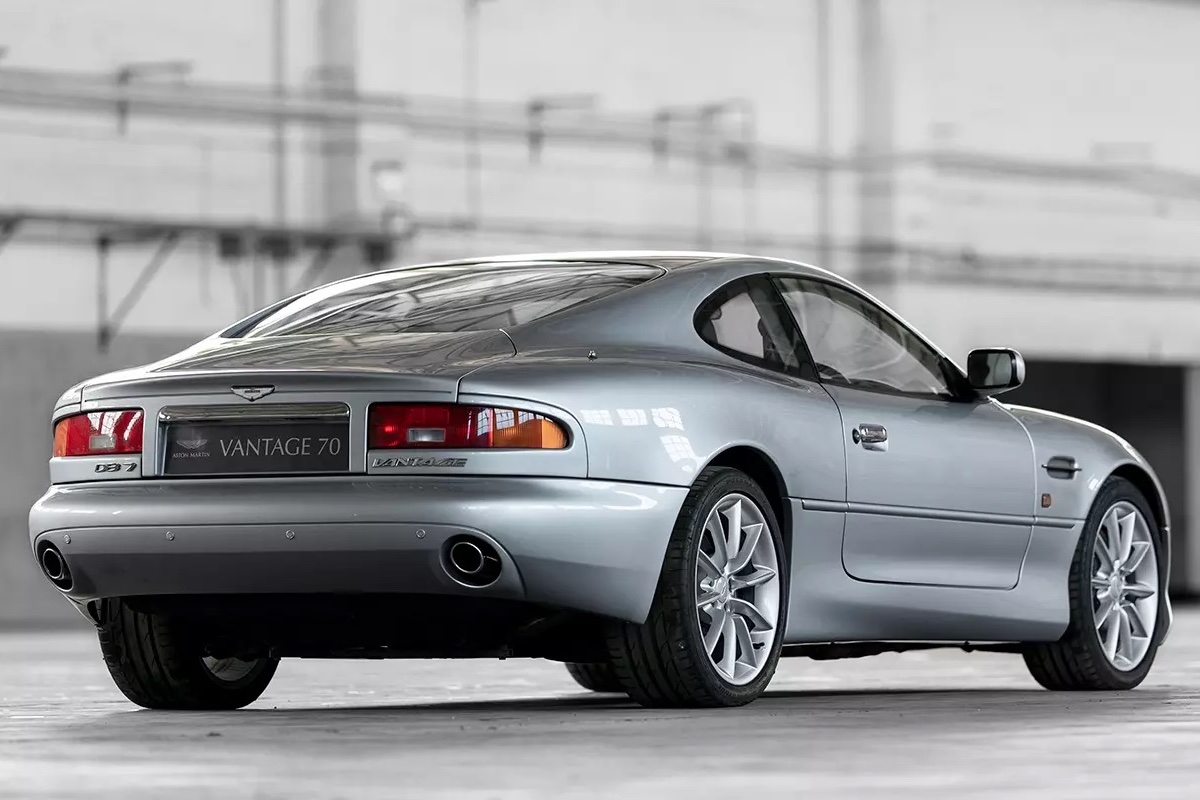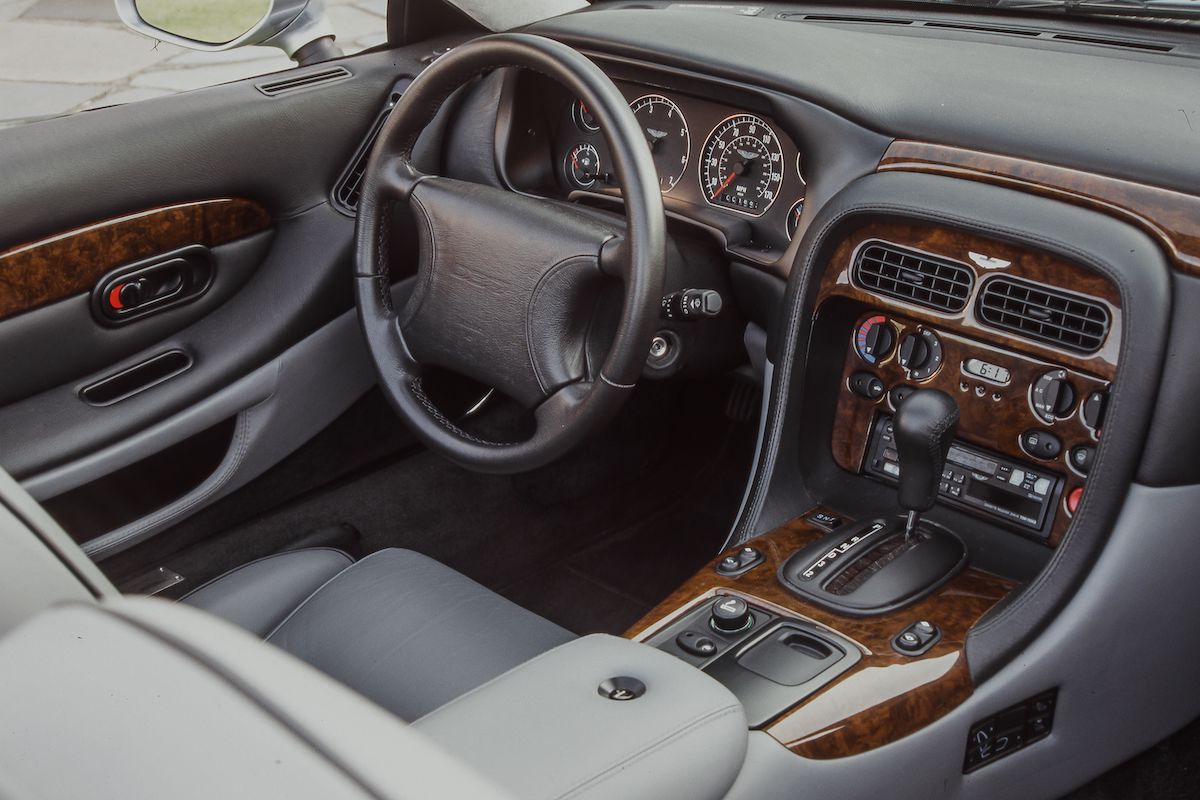Aston Martin DB7 Buyers Guide

The Aston Martin DB7, a car that bridges the classic elegance of its predecessors with modern performance, is an icon in the automotive world. Produced between 1994 and 2004, the DB7 came in two main variants: the six-cylinder DB7 i6 and the V12-powered DB7 Vantage. For prospective buyers, understanding the nuances of these models is crucial for making an informed purchase.
History and Evolution
The DB7’s development began in the late 1980s under the stewardship of then-owner Ford Motor Company. Designed by Ian Callum, the DB7’s aesthetic blends traditional Aston Martin cues with contemporary styling. Initially launched with a supercharged 3.2-liter inline-six engine, the DB7 i6 offered a blend of performance and refinement. In 1999, the DB7 Vantage was introduced, featuring a 5.9-liter V12 engine, significantly boosting the car’s performance credentials.
Key Variants
DB7 i6 (1994-1999):
- Engine: 3.2-liter supercharged inline-six
- Power: 335 hp
- Transmission: 5-speed manual or 4-speed automatic
- Performance: 0-60 mph in 5.7 seconds, top speed of 165 mph
DB7 Vantage (1999-2004):
- Engine: 5.9-liter V12
- Power: 420 hp (early models), 435 hp (later models)
- Transmission: 6-speed manual or 5-speed automatic (Touchtronic)
- Performance: 0-60 mph in 4.9 seconds, top speed of 186 mph

Buying Considerations
Condition and Maintenance History
Given the DB7’s age, condition is paramount. A thorough inspection by a specialist is recommended to identify any potential issues. Pay close attention to the car’s service history, ensuring regular maintenance and any necessary repairs have been documented. Common areas of concern include:
- Rust: Early DB7s, especially those exposed to the elements, can suffer from rust. Key areas to inspect include the sills, wheel arches, and underbody.
- Electrical Systems: Check all electrical components, including the windows, lights, and infotainment systems, as these can be prone to issues.
- Suspension and Brakes: Inspect the suspension for wear and the brakes for adequate life remaining.
Engine and Transmission
Both the i6 and V12 engines are robust if properly maintained. Look for signs of oil leaks, unusual noises, or smoke from the exhaust. The supercharged inline-six can develop issues with the supercharger and its associated systems, while the V12 should be checked for proper cooling and any signs of overheating. Ensure the transmission shifts smoothly in all gears, whether manual or automatic.
Interior and Features
The DB7’s interior is a luxurious blend of leather and wood. Check for wear and tear on the seats, dashboard, and trim. Ensure all features, including air conditioning, audio systems, and power-adjustable seats, are functioning correctly. Later models may come with additional features like sat-nav and upgraded audio systems.

Market Value and Investment Potential
The DB7 has generally been more affordable than its successors, making it an attractive entry point into Aston Martin ownership. However, prices can vary significantly based on condition, mileage, and provenance.
- DB7 i6: Prices typically range from $20,000 to $40,000.
- DB7 Vantage: Prices generally range from $30,000 to $60,000, with well-maintained, low-mileage examples commanding higher prices.
Special editions, such as the DB7 Vantage Volante and the DB7 GT, can fetch even higher prices due to their rarity and desirability. The DB7’s classic design and limited production numbers suggest potential for appreciation, especially for pristine examples with low mileage and complete service histories.
Ownership Experience
Owning a DB7 is about more than just driving; it’s about the experience. The car’s elegant design, powerful engines, and luxurious interiors make every journey special. However, prospective owners should be prepared for the responsibilities that come with classic car ownership. Regular maintenance is crucial to keep the DB7 in top condition, and some parts may be expensive or hard to find.
Conclusion
The Aston Martin DB7 represents a unique blend of classic styling and modern performance. As a buyer, thorough research and careful inspection are key to finding a well-maintained example. With its elegant design, powerful engines, and the prestige of the Aston Martin name, the DB7 is a car that can provide both driving pleasure and investment potential. Whether you’re drawn to the classic lines of the i6 or the formidable power of the V12 Vantage, the DB7 remains a timeless choice for enthusiasts and collectors alike.
